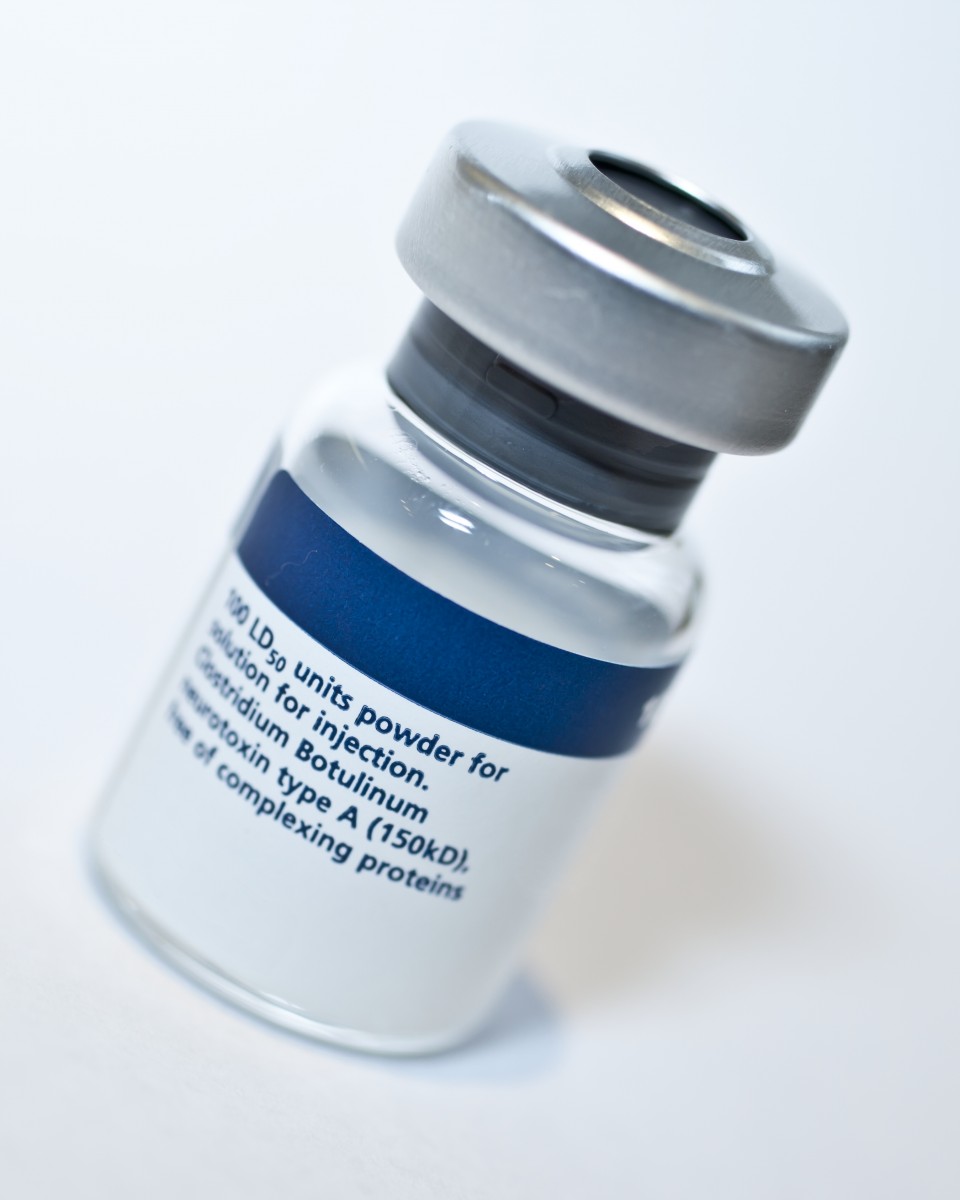Need to Know: Does Low-dose Botox Help Urinary Symptoms in MS?
Written by |


Editor’s note: “Need to Know” is a series inspired by common forum questions and comments from readers. Have a comment or question about MS? Visit our forum.
This week’s question is inspired by the forum topic “Study Shows Low-dose Botox Therapy Improves Urinary Symptoms in People with MS,” from Aug. 13, 2018.
***
What are the common urinary symptoms in MS?
People with MS may experience problems with their urinary tract as a result of demyelinating activity in the brain. Some of these problems include:
- The urgent need to void the bladder
- Frequent urination
- Urinary incontinence (an inability to control the muscles that operate the bladder)
- Urinary tract infections
How does low-dose Botox therapy help with urinary symptoms?
First of all … what is Botox?
According to its manufacturers (per the National Multiple Sclerosis Society webpage), Botox (onabotulinumtoxinA) is a medication known as an acetylcholine release inhibitor and neuromuscular blocking agent. It is a neurotoxin used in multiple ways, including treatments for two concerns specific to people with MS:
- Overactive bladder, including symptoms such as urge incontinence, urgency, and frequency
- Urinary incontinence caused by overactivity of the detrusor muscles, a problem commonly associated with MS
These uses are intended for adults who have previously tried, but did not respond to or tolerate, other anticholinergic medications prescribed for this purpose.
Low-dose applications (100 units) are recommended for the treatment of urinary symptoms; at units of greater than 200, complications can include urinary retention problems that require the use of a catheter to correct.
How is low-dose Botox therapy applied?
Low-dose onabotulinumtoxinA is delivered in 0.5 mL injections across 20 sites in the detrusor muscle region to inhibit their activity. The procedure, which can take as little as an hour to perform and may require repeat visits over time, also might include general anesthetic and sedation.
Prior to injection, the bladder should be drained and irrigated with sterile saline. Injections are applied through a small lighted instrument known as a cystoscope.
What are the risks of using low-dose Botox therapy?
For some, the use of this therapy might lead to symptom-free urinary tract infections (UTIs). This means that those using it may not realize they have developed a UTI, which is important because it means they might not identify and treat it in a timely fashion.
Also, those experiencing active UTI or urinary retention*, or who have experienced prior hypersensitivity to botulinum toxin, should avoid this therapy.
*Specific to urination retention, the manufacturers recommend post-void residual urine volumes be monitored in MS patients who do not catheterize routinely.
Why try low-dose Botox therapy?
Other approaches to treating urinary symptoms may not be effective for some, medical devices might cause additional discomfort, or other medications may have side effects. These include:
- restriction of fluids
- caffeine restriction
- Kegel muscle development
- timed trips to the bathroom
- anticholinergic drugs
- catheterization
Research on low-dose Botox for urinary symptoms
The U.S. Food and Drug Administration approved the use of onabotulinumtoxinA for the treatment of urinary symptoms in 2013.
Most recently, results from a Phase 3 clinical trial published last summer in the journal Neurology found that 100 units of Botox used to treat 66 MS patients experiencing urinary symptoms provided them with significant symptom relief.
***
Managing urinary symptoms in MS is a priority for many as it can lead to greatly improved quality of life. If you’re curious about this treatment option, talk to your neurologist to see if it’s right for you.
Do you have bothersome urinary systems? What do you do to address them? Would you be willing to try low-dose Botox for symptom relief? Post your replies in the comments below or at the original “Study Shows Low-dose Botox Therapy Improves Urinary Symptoms in People with MS” forums entry.
***
Note: Multiple Sclerosis News Today is strictly a news and information website about the disease. It does not provide medical advice, diagnosis, or treatment. This content is not intended to be a substitute for professional medical advice, diagnosis, or treatment. Always seek the advice of your physician or other qualified health provider with any questions you may have regarding a medical condition. Never disregard professional medical advice or delay in seeking it because of something you have read on this website. The opinions expressed in this column are not those of Multiple Sclerosis News Today or its parent company, Bionews Services, and are intended to spark discussion about issues pertaining to multiple sclerosis.






Anna Chafe
I have MS and had Botox injections in my bladder and it was the best thing I ever did. No more rushing to the bathroom which is difficult when you are a slow walker.
Tamara Sellman
Glad to hear that it's been successful for you! I am glad to know I have this option if I need it!
Tamara
Alan S
One important detail: if you are a man, there is only one way in or out your bladder for the camera and syringe.
Tamara Sellman
Yes, your gender and comfort level are serious considerations when using Botox ;)
Tamara
Helene m Patterson
I have had this treatment since 2014 and it is the best thing they have done for MS. I have had MS for 26 years and for 10 to 12 years I had no control of my bladder. I wore the largest urinary pads and still had wet pants. Ever since I have had this procedure it is like a normal bladder. I had no side effects. I would recommend this procedure to all who have MS with urinary problems.
Barb
I this a one time treatment or does it still help over time?
Tamara Sellman
I believe you need repeat treatments but it comes out to about 2 times annually. I am still looking for good info on this, but it's a great question.
Tamara
Gina N
I totally agree. It has been life changing for me. I’ve been getting bladder Botox injections about every 9 months for the past 10 years and hope it never stops helping!
Tamara Sellman
thank you for sharing! That's even less frequent than I have found looking at different studies and sources. So glad it has give you relief (pun intended)... I think a lot of people will be hopeful knowing this is an effective long-term effort.
Best,
Tamara
Tamara Sellman
It's great to know one can achieve a normal bladder using this approach, that will give hope to many!
Tamara
Beth DeMartino
I was a participant in the Botox study for urinary problems. The study was performed under the auspices of Dr. Aliotta in Williamsville, NY. I was fortunate in the "blind study" to have received the Botox...I had been on numerous medications and had become incontinent. How wonderful to NOT have to use incontinent products, or know where a bathroom is located, or have to urinate every 30 minutes!! The freedom Botox offers and the sense of "dryness" is worth the time and effort it takes to receive the treatment...I recommend Botox for urinary problems...it's a matter of quality of life!
Tamara Sellman
This is a great success story, thanks for sharing!
Tamara
Jennifer
I tried four different oral medications to start. The uro gynecologist I had recommended trying Botox. Since I tried it back in 2013, I have not looked back. I have Neurogenic Bladder due to MS. It last for me anywhere from 6 to 8 months.
Tamara Sellman
Thanks, Jennifer, I believe some people have questions about how frequently one undergoes the procedure. From what I can gather, someone receiving these injections reviews their need for a repeat treatment at the 6-month point, so you might need to do the procedure twice annually, and it does involve anesthesia. If anyone can share something more specific, that would be great!
Tamara